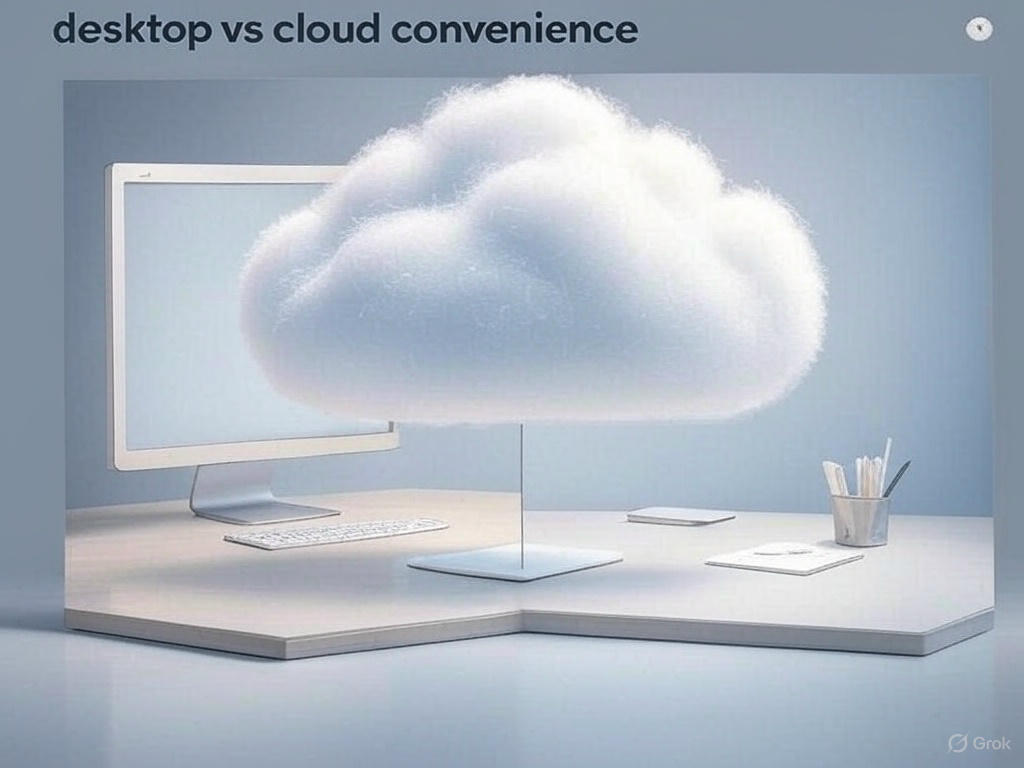Excel vs. Google Sheets: Spreadsheet Showdown
We pit the venerable desktop powerhouse Microsoft Excel against the cloud-native, collaboration-focused Google Sheets.
By Upingi Team / Updated on October 11, 2025
We pit the venerable desktop powerhouse Microsoft Excel against the cloud-native, collaboration-focused Google Sheets.
By Upingi Team / Updated on October 11, 2025
Microsoft Excel has long been the industry standard for spreadsheet software, known for its powerful features and deep capabilities. Google Sheets offers a free, web-based alternative with excellent real-time collaboration features.

Which spreadsheet tool is right for your data analysis, budgeting, and collaborative needs? Let's break down the key differences.
Placeholder comparing Excel's advanced functions, data analysis tools (Power Query, Power Pivot), charting options, and offline capabilities vs. Google Sheets' real-time collaboration, version history, integration with Google Workspace, and scripting (Google Apps Script).
| Aspect | Excel | Google Sheets |
|---|---|---|
| Advanced Features | Superior (Power Query, etc.) | Good, but less depth |
| Collaboration | Improving (Co-authoring) | Excellent (Real-time) |
| Accessibility | Desktop Install (Web version exists) | Web-based, Mobile Apps |
| Cost | Paid (Part of M365) | Free (with Google Account) |
Placeholder discussion on handling large datasets, specific function availability, and ecosystem integration.
Placeholder outlining scenarios: Excel for complex financial modeling, heavy data analysis, offline work. Google Sheets for real-time team collaboration, quick data entry, accessibility across devices, and integration with other Google services.
Placeholder guidance: Power users needing advanced data manipulation and offline access will lean towards Excel. Teams prioritizing real-time collaboration and accessibility should choose Google Sheets. Many organizations use both.
Placeholder summary: Excel remains the king of features and complex data analysis, especially for desktop users. Google Sheets excels in collaboration and accessibility, making it ideal for team-based work and users within the Google ecosystem. The choice often depends on specific feature needs and collaboration requirements.